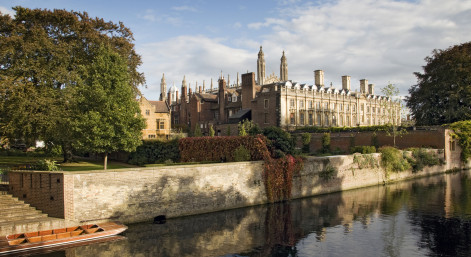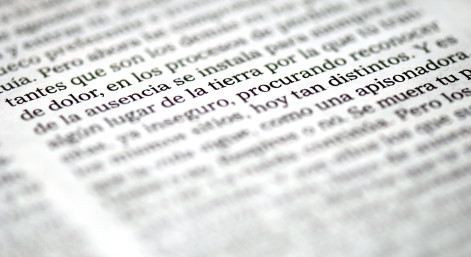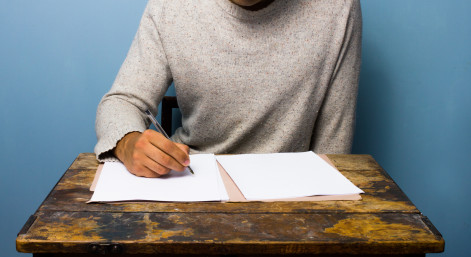Recently Updated Blogs
Exercising Self-Care During School and University Exams As exam season approaches, the pressure mounts, and the temptation to push yourself to the limit can be all-consuming. But amidst the whirlwind of revision notes and practice papers, it's crucial to prioritise your well-being. Taking care of yourself isn't just a luxury;…
Our Experts' Tips for a Productive Easter Holidays As the Easter holidays approach, students find themselves at a crucial juncture in their academic journeys. Whether you're in the final stretch of your A-levels, gearing up for university applications, or navigating the waters of GCSEs, this break offers valuable time for…
Changes to Cambridge Entry Requirements Big news from Cambridge University! The renowned institution has recently updated its admission policies for the 2025 entry cycle. Aiming to strengthen its reputation for academic excellence, Cambridge has revised its grade requirements and offers for prospective students. This adjustment reflects the university's ongoing commitment…
How Will my GCSEs Impact my University Application? For many students, the thought of university often feels like a distant dream, especially when navigating the challenges of GCSEs. These foundational exams, undertaken in the early years of secondary education, may seem worlds apart from the lofty halls of academia awaiting…
Which A-Levels should I take? As you say goodbye to GCSEs and march onwards into your final two years of school, you will inevitably be faced with the task of deciding which subjects you want to study at A-level. Whilst you’ve probably had a little bit of practice already when…


 For both Oxford and Cambridge, doing well on the TSA where it is required is of the utmost importance. To make sure you do as well as possible on the day, here are 6 top tips to do your very best and secure that interview for December!
For both Oxford and Cambridge, doing well on the TSA where it is required is of the utmost importance. To make sure you do as well as possible on the day, here are 6 top tips to do your very best and secure that interview for December!  Many students are caught out by questions that require multiple steps. As you are under time pressure, it is likely that you will get caught up in the sums and risk forgetting the order in which you do them.
Many students are caught out by questions that require multiple steps. As you are under time pressure, it is likely that you will get caught up in the sums and risk forgetting the order in which you do them. The longer text part of the TSA is new to most students so it is a good idea to practice summarising arguments into one sentence so that you learn how to identify the main argument within a text.
The longer text part of the TSA is new to most students so it is a good idea to practice summarising arguments into one sentence so that you learn how to identify the main argument within a text. The TSA asks students to identify how an argument could be weakened or what assumption has been made to hold the argument up. The question is normally accompanied by a large chunk of text so to avoid being bogged down in the detail, you want to make sure you have learnt how to do this.
The TSA asks students to identify how an argument could be weakened or what assumption has been made to hold the argument up. The question is normally accompanied by a large chunk of text so to avoid being bogged down in the detail, you want to make sure you have learnt how to do this. The TSA presents certain questions that can test your brain in ways you aren’t used to at school. The TSA may ask questions on shapes fitting inside one another, the side view of a building or how to cut out shapes in a manner that creates a certain profile.
The TSA presents certain questions that can test your brain in ways you aren’t used to at school. The TSA may ask questions on shapes fitting inside one another, the side view of a building or how to cut out shapes in a manner that creates a certain profile. The TSA does not require knowledge beyond your GCSEs but it does test your ability to work under time pressure and to be able to calculate quickly and carefully. There are many practice tests available on time so make sure you try a few (in timed conditions!) before the day as it will mean you’ve trained your brain to think in the correct way.
The TSA does not require knowledge beyond your GCSEs but it does test your ability to work under time pressure and to be able to calculate quickly and carefully. There are many practice tests available on time so make sure you try a few (in timed conditions!) before the day as it will mean you’ve trained your brain to think in the correct way.
